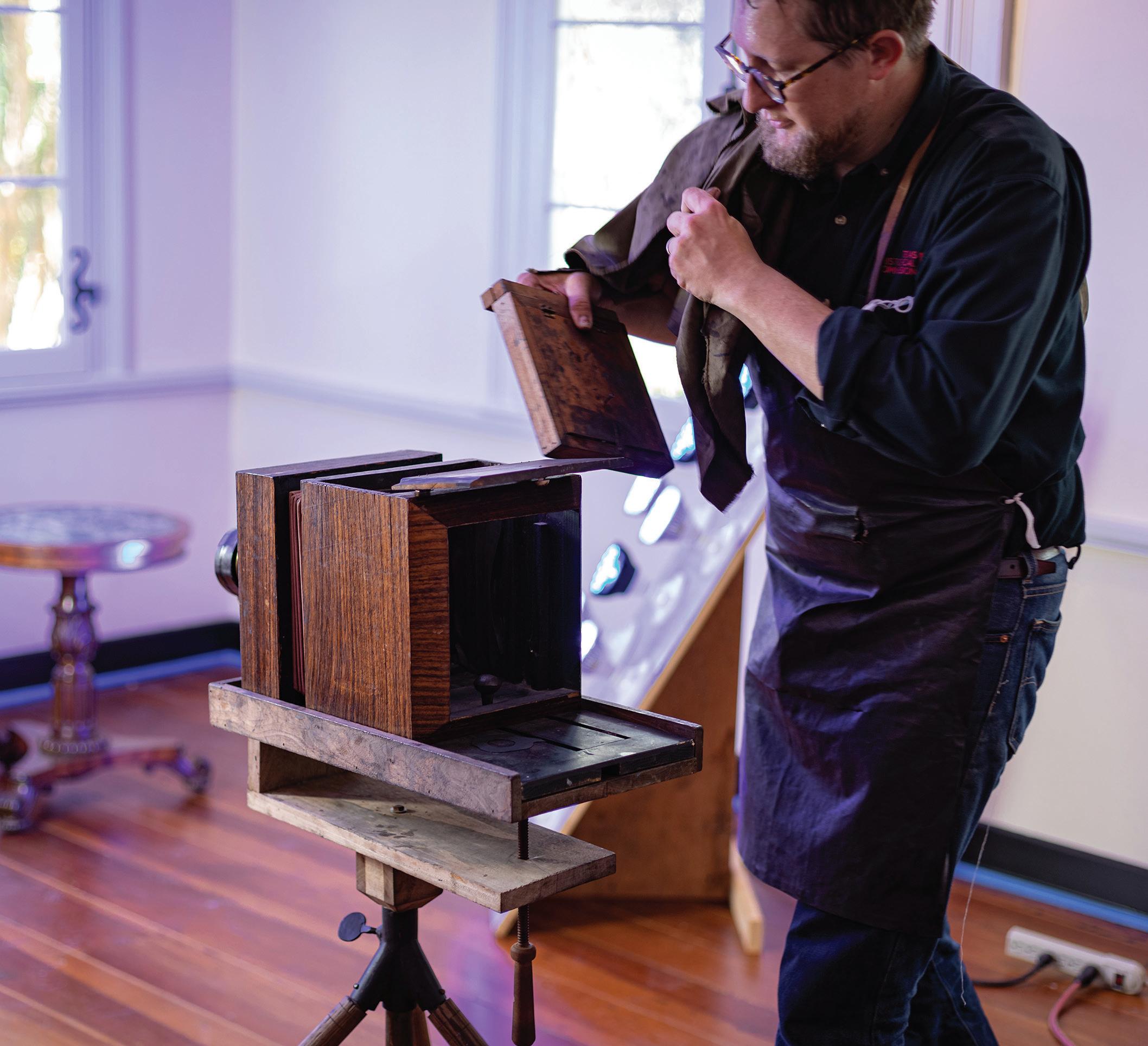
4 minute read
State Historic Sites of Texas


Advertisement





In the eastern United States, signs stating “George Washington slept here” have been used for many years to attract visitors to a variety of sites, including inns, taverns, a mansion and an army camp area. The phrase became so commonplace that it is now known as a punch line for questionable historic claims.
SO, WHAT MAKES A SITE RISE TO THE LEVEL OF AN “OFFICIAL” HISTORIC SITE?
by Margaret Hoogstra
y definition, historic sites are places where pieces of political, military, cultural or social history have been preserved because of their cultural heritage value. A historic site may be a building, landscape, site or structure that is recognized as having local, regional or national significance. Typically, historic sites are protected by ordinances, statutes or laws designed to preserve the integrity of the site.
There are many reasons to visit a historic site. These specially designated places connect us to the past and often leave the visitor feeling a part of something bigger. Touring a battleground can give perspective to the physical challenges of geography and environment and to the tactics used. Visiting a historic home allows the visitor to compare and contrast living conditions, the preparation of meals, and other aspects of daily life. Historic sites can connect the visitor to different cultures or perspectives and help develop a deeper understanding of others.
Within the Lone Star State, there are forty-one state historic sites. The Texas Historical Commission (THC) operates thirty-two properties, the Texas Parks and Wildlife Department (TPWD) manages eight and the Alamo is under custodial care of the Texas General Land Office (TGLO). See the comprehensive listing of all 41 Texas State Historic Sites with their website addresses on page 72.
Joseph Bell, who serves as the Historic Sites Division Director at the THC, was agreeable to answering several questions regarding Texas historic sites.
WHY ARE DESIGNATED HISTORIC SITES IMPORTANT?
The designation provides a level of importance to the properties. It highlights the site’s important role in the history of Texas and provides a connection to a larger historical narrative. Designation as an “official state historic site” helps draw focus to the stories, architecture, archeology, and cultural landscapes of each site.
In general, what changes have been made in the past twenty years in the presentation of and interpretation at state historic sites?
Efforts have been made to make the stories and history of a site relevant to today’s public. At the THC, we are actively connecting the historic site’s stories and history to current educational standards for schools and creating programs based on public interest in topics like astronomy, cooking, gardening, animal husbandry, historic trades, and other subjects.
Our initiatives over the last several years have been creating events that support local economic initiatives in heritage tourism and supporting a sense of place and an understanding of our complex past.
The other major change is broadening the interpretive storylines to create a more wholistic understanding of our history by telling the untold or under told stories of the workers, enslaved or marginalized groups that play important roles the large stories of Texas history. There has been a great appreciation for the broader and rich composition of the state’s demographics. A large part of the focus is working to give visitors immersive and evocative experiences with the past that they can apply to their personal lives.
The funding support for State Historic Sites is strong in Texas. The importance of Texas history and its role in defining Texas identity is recognized. The Official State Historic Sites tie many aspects of our shared history together into a narrative that shows the breadth of the Texas experience.
When people visit Texas state historic sites, what do you hope they take from the experience?
For Texans, a pride and appreciation for being a Texan and the state’s cultural heritage. For out of state visitors, we hope they leave with a better understanding of Texas, its cultural diversity, and its people. We want all visitors to our State Historic Sites to leave having had an enjoyable, educational, and personal experience that provides a clearer understanding of Texas history, and inspires them to seek more engagement with the real places and real stories of our past.

LOCAL

14
texas icon
The state’s official folk dance has had Texans on their toes for over 200 years.
16
yonder
In Acton, the smallest state historic site honors the widow of a famed Alamo hero.
26
city lights
Make plans to pay homage to a Texas patriot at Casa Navarro in downtown San Antonio.
28
Features
John L. Nau III, the
San Jacinto Monument
and the Alamo










